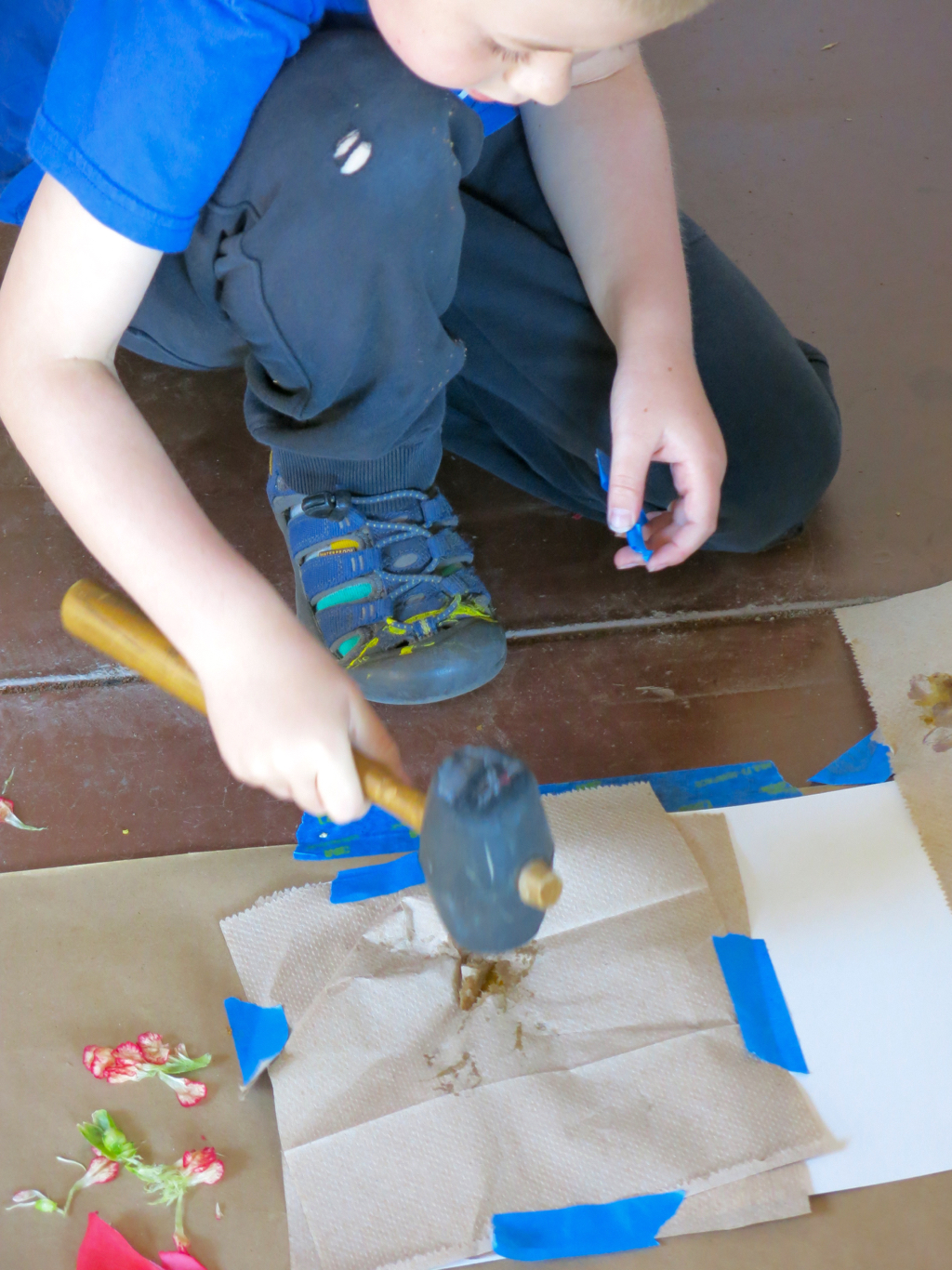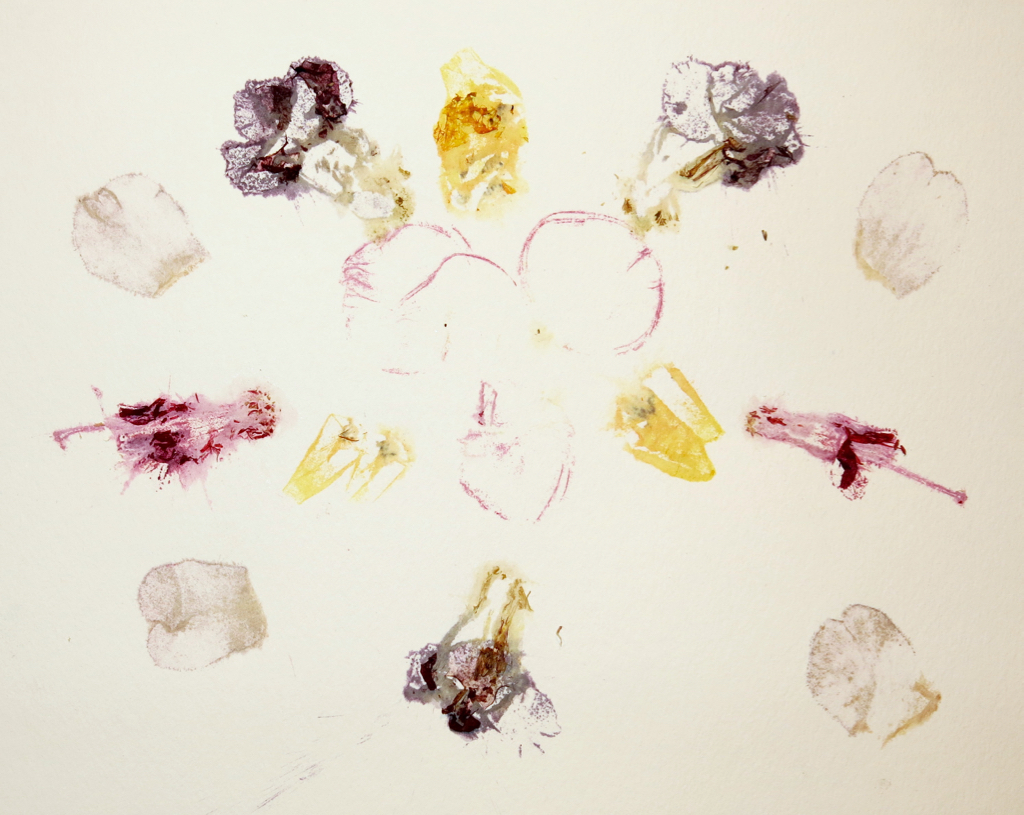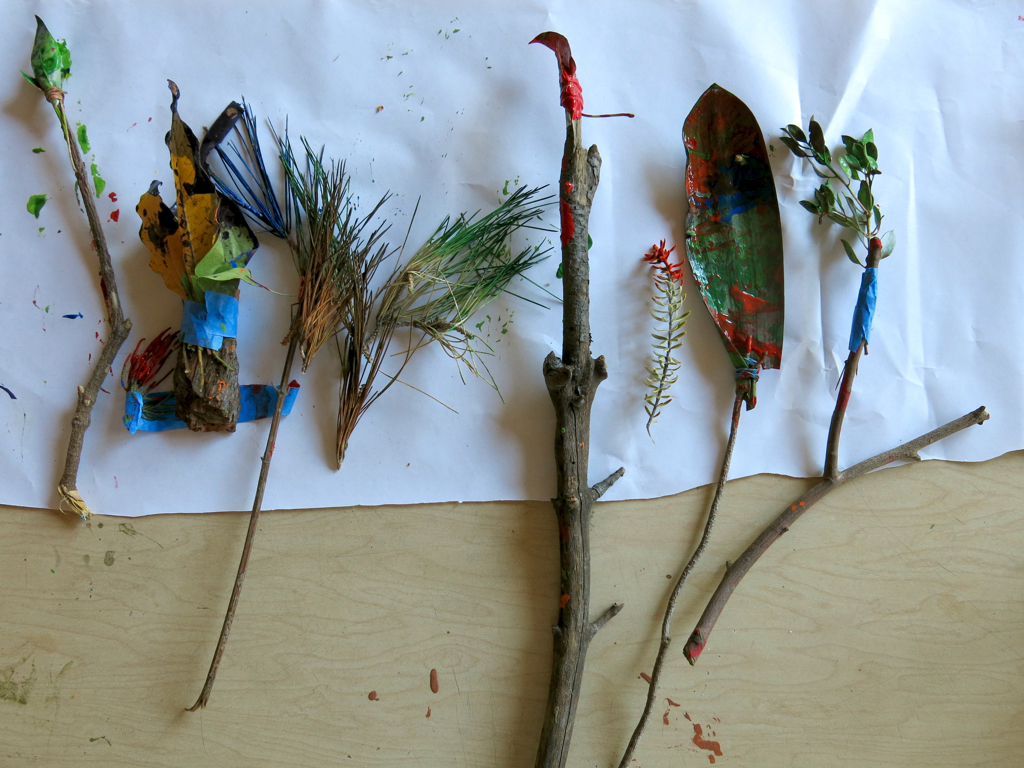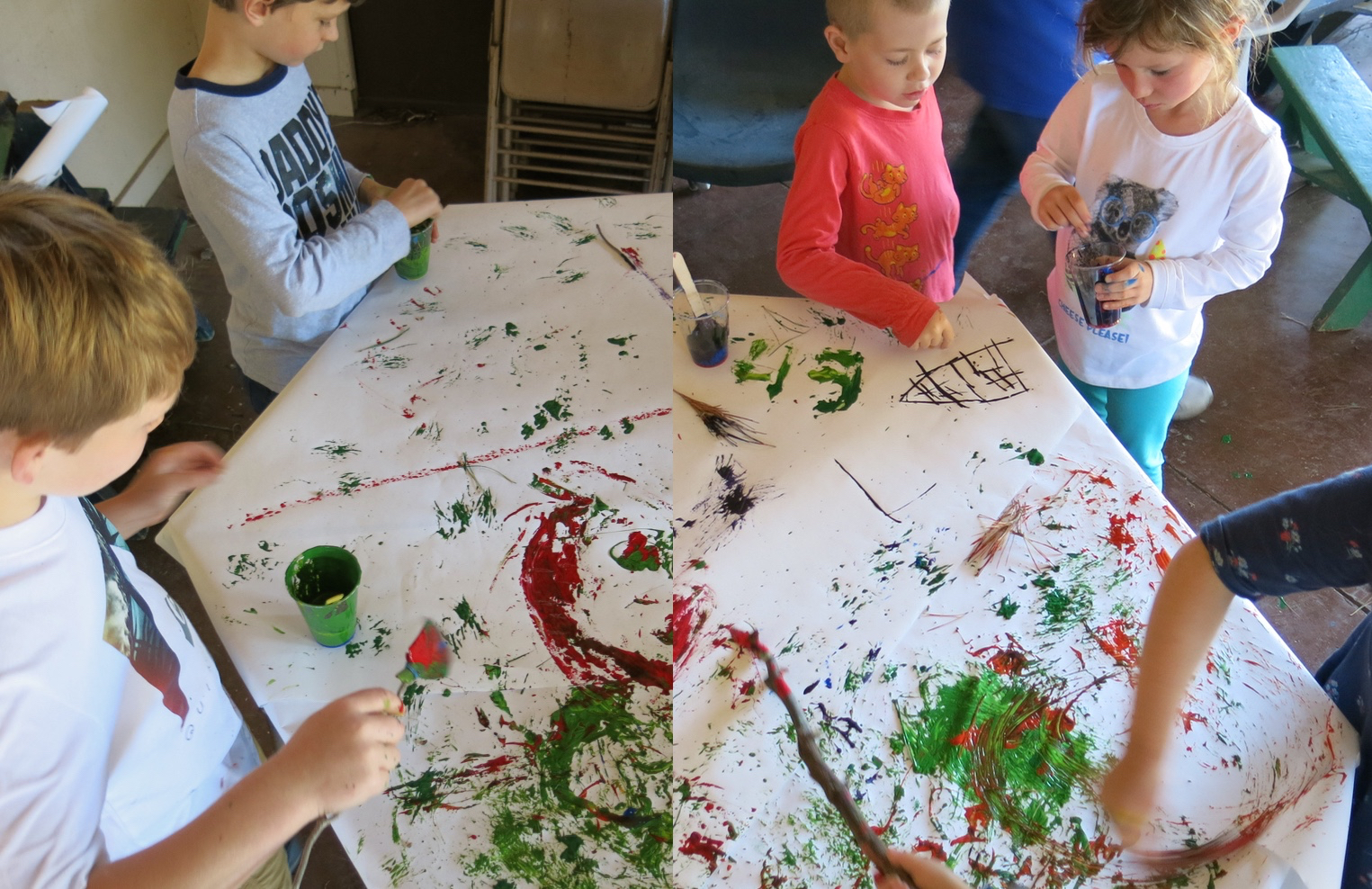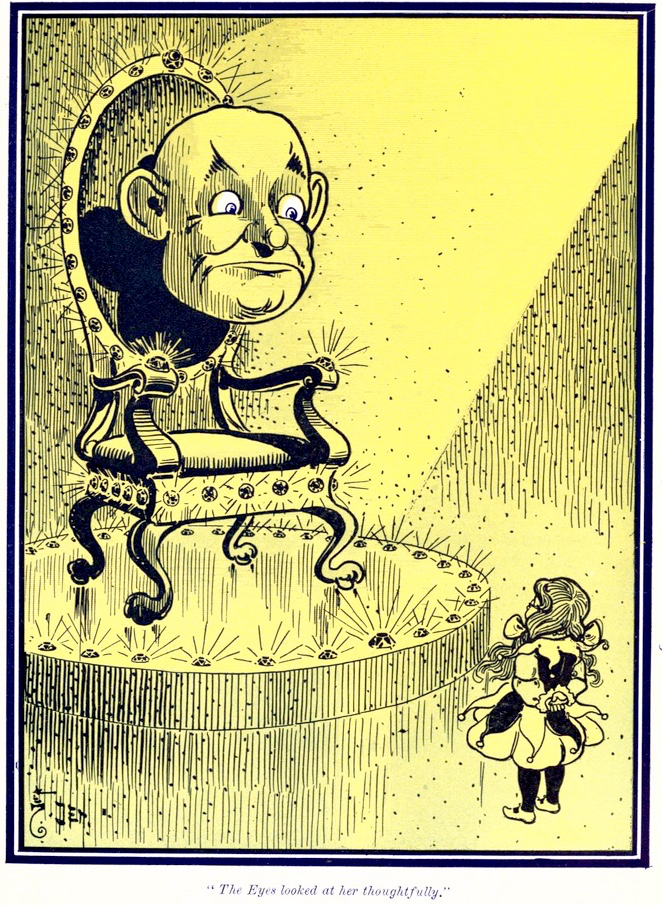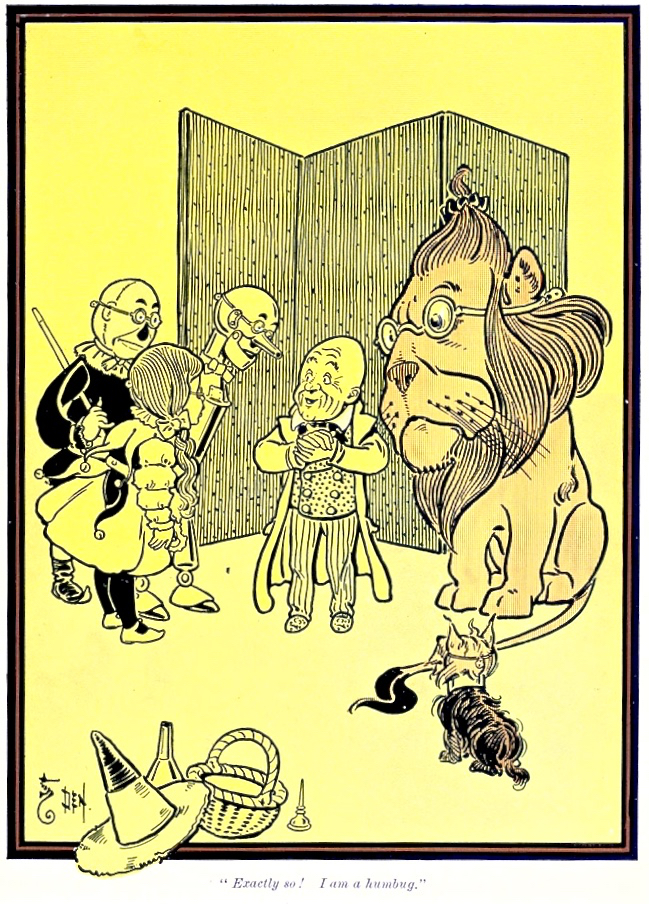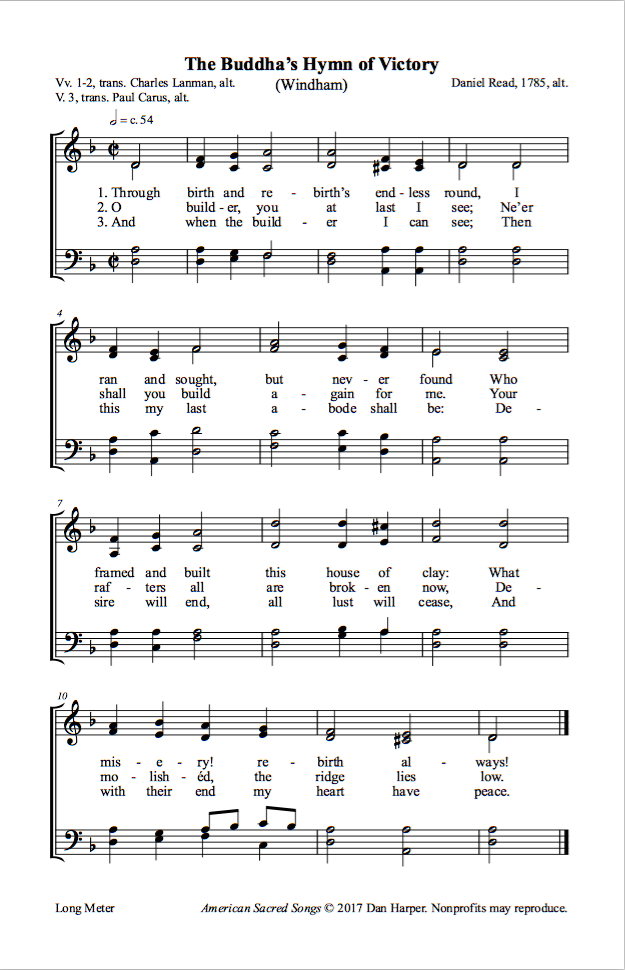Another story in a series for liberal religious kids, this one from the Taoist tradition.
A certain carpenter named Zhih was traveling to the Province of Ch’i. On reaching Shady Circle, he saw a sacred tree in the Temple of the Earth God. It was so large that its shade could cover a herd of several thousand cattle. It was a hundred yards thick at the trunk, and its trunk went up eighty feet in the air before the first branch came out.
The carpenter’s apprentice looked longingly at the tree. What a huge tree! What an enormous amount of timber could be cut out of it! Why, there would be enough timber in that one tree to make a dozen good-sized boats, or three entire houses.
Crowds stood around the tree, gazing at it in awe, but the carpenter didn’t even bother to turn his head, and kept walking. The apprentice, however, stopped to take a good look, and then had to run to catch up with his master.
“Master, ever since I have handled an adze in your service,” said the apprentice, “I have never seen such a splendid piece of timber. How was it that you did not care to stop and look at it?”
“That tree?” said the Master, “It’s not worth talking about. It’s good for nothing. If you cut down that tree and made the wood it into a boat, it would sink. If you took the wood to build a house, the house would break apart and rot. See how crooked its branches are! and see how loose and twisted is its grain! This is wood that has no use at all. Not only that, if you try to taste one of its leaves, it is so bitter that it would have taken the skin off your lips, and the odor of its fruit is enough to make you sick for an hour. It is completely useless, and because it is so useless, the tree has attained a huge size and become very old.”
The carpenter told his apprentice to dismiss the tree from his thoughts, and they continued on their way. They arrived home late at night, and both of them went straight to bed.
———
While the carpenter was asleep, the spirit of the tree came and spoke to him.
“What did you mean when you spoke to your apprentice about me?” said the spirit of the tree. “Of course I am not like the fine-grained wood that you carpenters like best. You carpenters especially like the wood from fruit trees and nut trees — cherry, pear-wood, and walnut.
“But think what happens! As soon as the fruits or nuts of these trees have ripened, you humans treat the trees badly, stripping them of their fruits or nuts. You break their branches, twist and break their twigs. And then you humans cut down the trees in their prime so you can turn them into boards and make them into furniture.
“Those trees destroy themselves by bearing fruits and nuts, and producing beautiful wood,” said the spirit of the tree. “I, on the other hand, do not care if I am beautiful. I only care about being useless.
“Years ago, before I learned how to be useless, I was in constant danger of being cut down. Think! If I had been useful, your great-grandfather, who was also a carpenter, would have cut me down. But because I learned how to be useless, I have grown to a great size and attained a great age.
“Do not criticize me, and I shan’t criticize you,” the spirit of the tree said. “After all, a good-for-nothing fellow like yourself, who will die much sooner than I will — do you have any right to talk about a good-for-nothing tree?”
———
The next morning, the carpenter told his dream to his apprentice.
The apprentice asked, “But if the goal of the tree is to be useless, how did it become sacred tree living in the Temple to the Earth God?”
“Hush!” said the master carpenter. “You don’t know what you’re talking about. And I should never have criticized the tree. The tree is a different kind of being than you and I, and we must judge it by different standards. That’s why it took refuge in the Temple — to escape the abuse of people who didn’t appreciate it.
“A spiritual person should follow the tree’s example, and learn how to be useless.”
Source: from Chuang-tzu 1.16, based on translations by Lin Yutang, Burton Watson, and James Legge.
